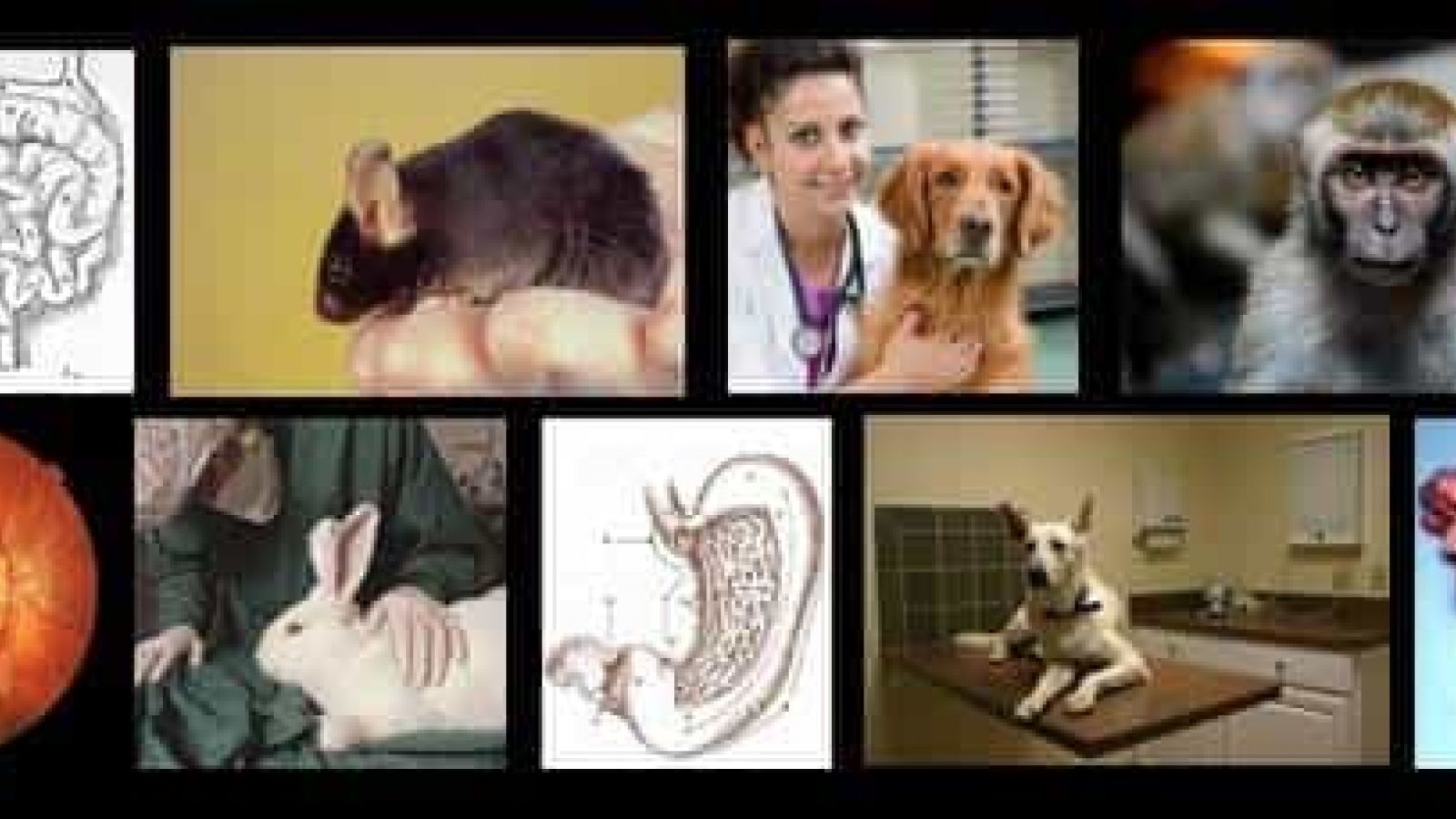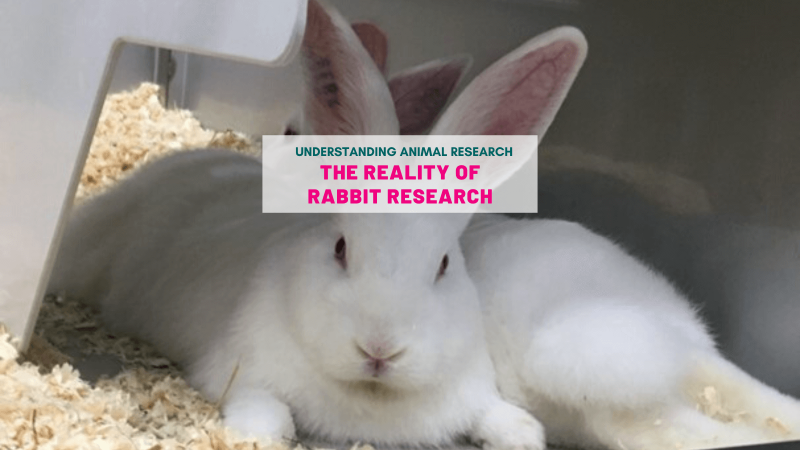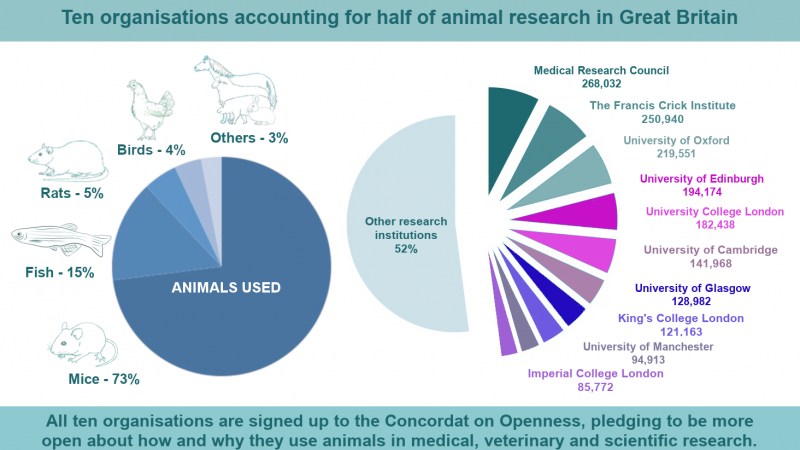The stories we pick up and pass on report on every stage of the medical development process, from initial laboratory work to trials in humans. Several themes came out in our review of the last year.
The search for treatments for Ebola brought forward a new drug formed of a monoclonal cocktail and an Ebola vaccine that uses a chimpanzee cold virus that carries non-infectious Ebola proteins on its surface.
Gene modifications were evident with a trial to treat deafness; the partially restoration of the sight of dogs suffering from congenital blindness using gene therapy; and Nobel Laureate Shinya Yamanaka showing that genetic mutations that cause Duchenne muscular dystrophy can be corrected using genome editing.
Stem cell therapies, especially the story of a paralysed man able to walk again following a transplant of cells from his nose, a treatment that has been pioneered in rats and dogs, received wide attention. Embryonic stem cell therapy for macular degeneration has successfully restored sight to more than half of the participating patients.
Not yet in humans, a stem cell treatment has helped mice with multiple sclerosis to walk again and most significantly, scientists have generated glucose-sensing, insulin-secreting beta cells from stem cells suitable for transplanting. These have lived for months in mice protected by an enveloping material that allows small molecules including insulin to diffuse across but prevents rejection by the host.
Tissue engineering presents both opportunities to replace the use of whole animal in research and the potential for repairing people. Nature reported the production of mini-livers and the Independent reported when a segment of human intestine was grown inside laboratory mice for the first time.
A Welsh man had extensive facial reconstruction surgery using 3D printed parts, a technique that was originally pioneered in animal studies while miniature human stomachs, grown in vitro using human stem cells, appear to respond to infection in the same way as ordinary stomachs, creating a new model in which to study human stomach disease.
Vaginas grown in vitro using human cells have been successfully implanted into human recipients, in a procedure developed using rabbits. The surgery was carried out on four women who were born without vaginal canals due to a rare condition. These women were teenagers when they were operated on, and the Wake Forest Medical Centre in North Carolina, where the surgery was conducted, waited four to eight years before publishing the results to be sure there were no long-term complications.
Bio-engineering
The moving moment when a woman was able to hear for the first time, thanks to cochlear implant developed using cats, has been captured on video.
A wirelessly charged pacemaker has been successfully implanted into a rabbit, removing the need for further operations to change the batteries. While modern pacemaker batteries last years, the operation to replace them presents a risk of infection as well as having a cost.
Drug-delivery
A new form of Alzheimer’s drug as managed to pass through the blood-brain barrier in monkeys and reduce the levels of harmful amyloid beta protein present. Scientists have also managed to successfully open and close the blood-brain barrier in a human patient as a means for drug delivery to treat cancer, following work in a range of animals including mice and monkeys.
New drugs or old drugs used in new ways
In the ‘Dracula’ story - blood plasma from young mice appears to ‘recharge’ the brains of older mice. Mouse studies also suggested that two drugs widely used to treat type-2 diabetes could be used against Alzheimer’s disease.
And lastly, a potential anti-ageing drug that has been shown to extend mouse lifespans by up to 13% could be set for a test in pet dogs.
References
Ebola
http://www.nature.com/news/ebola-drug-saves-infected-monkeys-1.15793
http://www.bbc.co.uk/news/health-30217573
Gene therapy
https://uaroceania.org/news/first-gene-therapy-trial-for-deafness
http://www.theguardian.com/science/2014/nov/26/muscular-dystrophy-therapy-breakthrough
Stem cell therapy
http://www.bbc.co.uk/news/health-29645760
http://www.theguardian.com/science/2014/oct/15/stem-cell-success-in-treating-macular-degeneration
http://www.theguardian.com/society/2014/oct/10/diabetes-stem-cell-type-1-breakthrough-harvard
http://www.nature.com/news/stem-cell-success-poses-immunity-challenge-for-diabetes-1.16141
Tissue engineering
http://www.nature.com/nature/journal/v494/n7436/full/nature11826.html
http://www.bbc.co.uk/news/uk-wales-26534408
http://www.theguardian.com/science/2014/oct/29/scientists-grow-miniature-stomachs-stem-cells
Bio-engineering
http://www.bbc.co.uk/news/uk-england-tyne-26779079
http://www.newscientist.com/article/dn25590-wireless-energy-powers-pacemaker-in-live-rabbit.html
Drug delivery
http://www.nature.com/news/alzheimer-s-drug-sneaks-through-blood-brain-barrier-1.16291
http://www.newscientist.com/article/dn26432-brain-barrier-opened-for-first-time-to-treat-cancer.html
New drugs
http://www.bbc.co.uk/news/health-27282832
http://www.nature.com/news/pet-dogs-set-to-test-anti-ageing-drug-1.16237
Last edited: 7 April 2022 16:23




